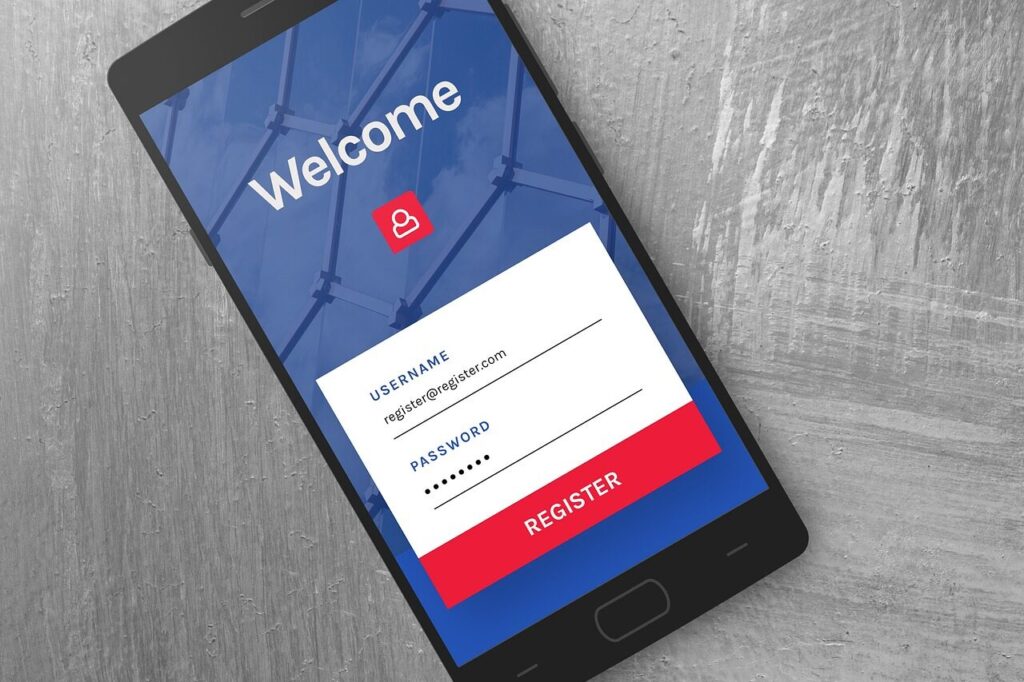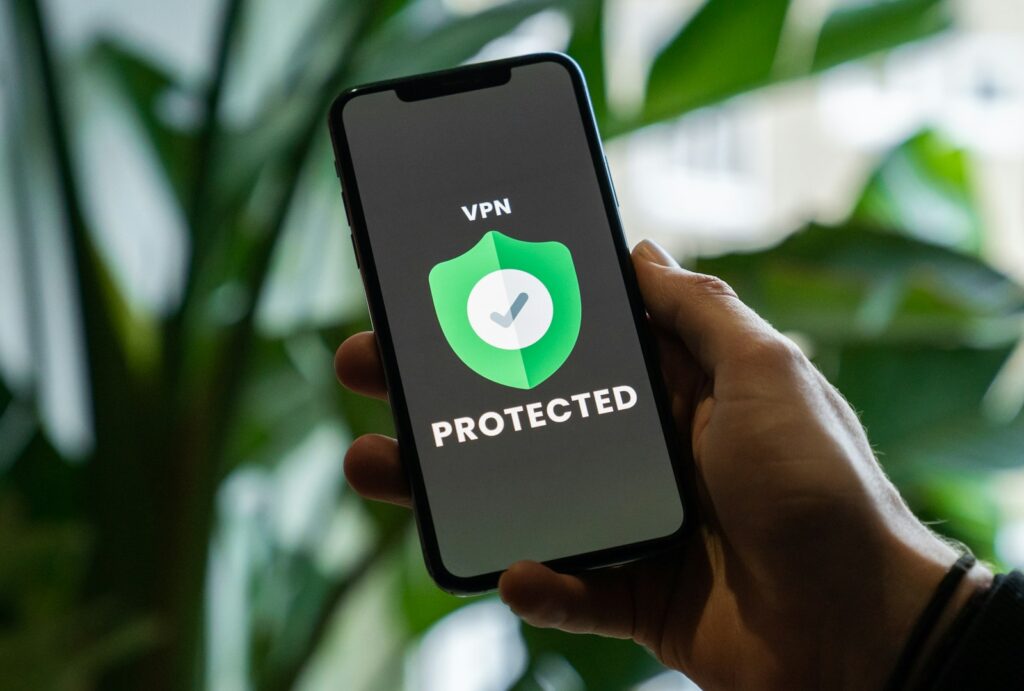You glance at your phone, notice an “Unknown Number,” and suddenly you are rejecting yet another spam call. It is annoying, but you are far from the only one dealing with this daily disruption. Spam calls are increasing because of easy access to technology, widespread data leaks, and increasingly clever scammers. Understanding why your number keeps getting targeted can help you take back control. Here are ten sneaky reasons you may be receiving so many spam calls, and how that knowledge can help you protect yourself.
1. Your Number Leaked in a Data Breach

A major reason for spam calls is that your number may have been exposed during a data breach. When companies or apps experience leaks, scammers buy that stolen data from online marketplaces. Once your number is verified as active, it gets shared widely across networks of robocallers who bombard it repeatedly. Even a small breach can snowball, spreading your number to dozens of call lists. The worst part is that breaches often go unnoticed for months, leaving your phone vulnerable to waves of calls that feel endless and random.
2. You Answered a Spam or Unknown Number Previously

Answering just one suspicious call can mark your number as “responsive.” When you pick up, automated systems detect a human reaction, such as your voice or keypress, and flag your number as active. That single action tells call centers and bots that your phone is worth targeting. Once added to their “live” list, your number circulates among networks that specialize in confirmed leads. Even saying “hello” or hanging up quickly is enough to confirm activity. Over time, this innocent mistake multiplies your incoming spam because your engagement fuels their system.
3. Your Number Is Publicly Listed or Shared Online

If your phone number appears on public websites, profiles, or directories, it becomes fair game for automated scraping tools. These bots crawl forums, job boards, and even social media bios to harvest contact information. Scammers then merge these lists and sell them to telemarketing networks. Even if your profile seems private, certain details may still be visible to search engines or third-party data brokers. Once indexed, your number can circulate for years, resurfacing in new lists. That’s why keeping your number off public pages is a quiet but powerful defense.
4. You Used Your Number for Too Many Sign-Ups

Every app, survey, and online contest that requests your number increases your exposure. Many services trade user information with advertisers or data partners, who then sell those lists onward. Even legitimate platforms often bury consent for this sharing in fine print. Over time, your number may pass through dozens of databases, making it difficult to trace the origin of the spam. Once included in marketing or robocall systems, your number can linger for years. Limiting how often you share it is one of the simplest ways to reduce call volume.
5. Spammers Use Spoofing and “Neighbor” Tactics

Scammers frequently disguise their identity by spoofing legitimate-looking numbers, often ones that share your area code or first few digits. This trick, known as “neighbor spoofing,” makes you more likely to pick up because the call appears local. Once you answer, your number is logged as active and redistributed to similar automated systems. Even if you block the caller, the spoofed number was fake to begin with. This illusion of familiarity is a powerful lure for victims and a major reason people continue to fall for persistent spam activity.
6. Your Number Was Sold Through Data Brokers

Behind every wave of spam calls lies a massive trade in personal information. Data brokers legally purchase and resell verified phone numbers from retail transactions, loyalty programs, and online accounts. Your number might have been passed through multiple hands before landing in the spammer’s list. Once sold, there’s no easy way to retract it, and each resale expands your exposure. What begins as a harmless store sign-up can ripple into hundreds of nuisance calls. These brokers operate globally, meaning your data may circulate across markets for years.
7. You Haven’t Enabled Call-Blocking Protections

Modern smartphones and carriers offer built-in features that identify or silence suspected spam, but many people never enable them. Without these filters, every incoming call, legitimate or not, rings through unchallenged. Networks rely on crowd-sourced reports to improve their blocking systems, so inactive users weaken the collective shield. Enabling caller ID protection, silencing unknown numbers, and using verified call apps can reduce your exposure dramatically. Ignoring these safeguards effectively leaves your number unguarded, making you appear as an easier target within automated dialing algorithms.
8. Your Number Was Recycled from a Previous Owner

If you recently got a new phone number, it might not be as new as you think. Telecom companies often recycle inactive numbers after a few months, but old call lists may still associate that number with its previous owner. As a result, you inherit their spam patterns, including robocalls, telemarketing offers, and scam attempts. Once your number begins responding again, it’s flagged as active, reviving the unwanted cycle. Unfortunately, this hand-me-down effect can last for months, making recycled numbers a magnet for persistent spam traffic.
9. Telemarketing Rules Lag Behind Technology

Regulations meant to control telemarketing and robocalls often fail to keep pace with new scam tactics. Spammers constantly find loopholes, using overseas servers and caller ID spoofing to bypass restrictions. Enforcement takes time, while technology evolves in weeks. This imbalance means you might still receive dozens of illegal calls even when authorities are cracking down. Until more sophisticated authentication systems are universal, such as verified caller frameworks, consumers remain vulnerable. The gap between policy and technology continues to allow spammers a frustrating head start.
10. You Interact with Calls or Prompts Without Realizing

Even brief interaction with spam calls can encourage more of them. When automated systems hear you speak, press buttons, or even wait silently, they interpret it as engagement. That feedback updates their databases, confirming your number is monitored and responsive. The result is a surge in future calls because you’ve become a proven lead. These systems thrive on micro-responses, so the best tactic is complete silence, don’t press keys, don’t reply, and hang up immediately. Over time, avoiding any engagement helps starve the network of confirmation signals.
Comments